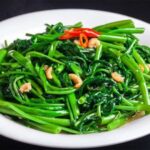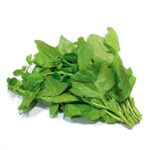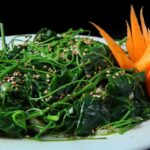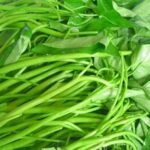Water spinach is a delicious, nutritious, and affordable vegetable that is commonly found in Vietnamese cuisine. However, it is also a vegetable that raises concerns among consumers regarding its hygiene and safety due to fears of chemical contamination. Finding clean and crisp water spinach is not an easy task.
How to Identify Clean and Contaminated Water Spinach
Distinguishing Clean Water Spinach Through the Final Product After Cooking
According to Lao Dong Newspaper, water spinach containing stimulants tends to have an astringent taste and a strong odor when cooked. In contrast, clean water spinach is vibrant green, crisp, and naturally refreshing. Additionally, some homemakers suggest identifying clean water spinach from chemically treated ones through the cooking water.
If the vegetable contains excessive protein, the cooking water often turns black, and even with the addition of lemon juice, it is challenging to turn it green like the water from clean water spinach.
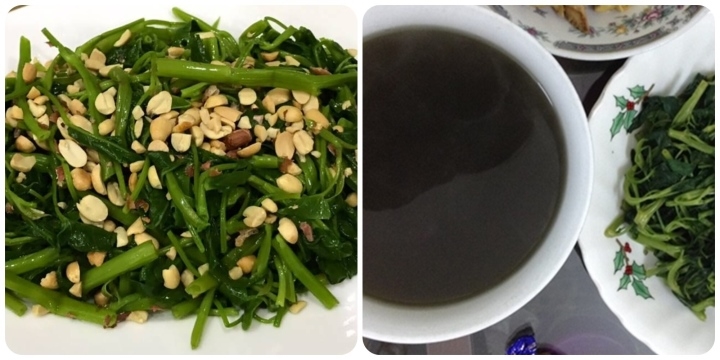
Identification Through Taste and Smell
Water spinach contaminated with lead has an astringent taste, lacks sweetness, and emits a slightly strong odor. On the other hand, regular water spinach tastes sweet and refreshing, and its cooking water remains clear.
Identification Through External Appearance
If excessively sprayed with chemicals, water spinach tends to have thicker stems than usual, with black, crisp leaves. This type of vegetable is prone to bruising. When the stem is bent, there is little to no oozing of sap.
In the morning, the vegetable may appear fresh and appealing, but by evening, it might turn yellowish. In some cases, it can even rot and become unfit for consumption.
Identification Through Color
When buying any vegetable, we tend to opt for the ones with vibrant, youthful colors. When choosing water spinach, avoid selecting bunches with dark green leaves. Such deep green coloration could indicate excessive absorption of heavy metals, including lead.
If the water spinach is contaminated with lead, the stems are usually thicker than normal, and when rinsed, numerous bubbles appear.
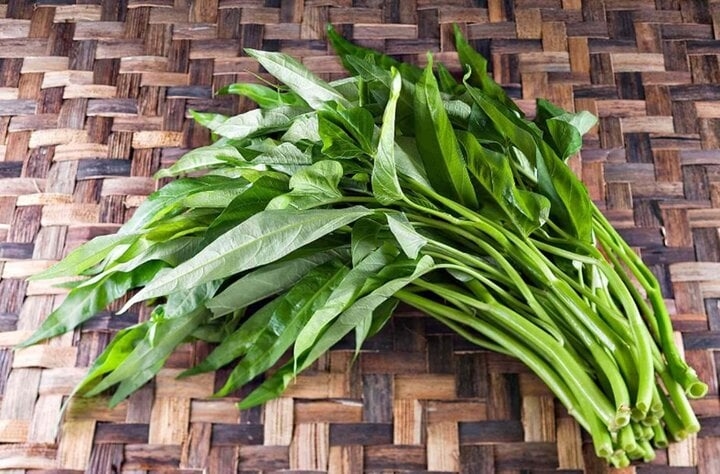
Do you know how to choose clean and crisp water spinach? (Source: Thespruceeats)
Examining the Leaves and Stems
Delicious and safe water spinach typically has green, fresh leaves, without any withering, and its stems are evenly round and not too thick (ideally measuring between 4 and 6 mm). There should be no signs of bruising or decay. The stems of good-quality water spinach are crisp and firm, emitting a crisp sound when bent.
If you notice yellowing, white or brown spots, or mold on the leaves or stems, the vegetable might be diseased. Additionally, if the stems are flexible and easily bent, it could indicate that the vegetable is old or has been treated with chemicals.
Inspecting Each Bunch
When making your selection, hold each bunch of water spinach and carefully examine it to ensure that the leaves are not wilted and the stems are not soft or broken. You can also gently bend the stems to test their crispness. High-quality water spinach will produce a gentle sound when bent and will not feel stretchy.
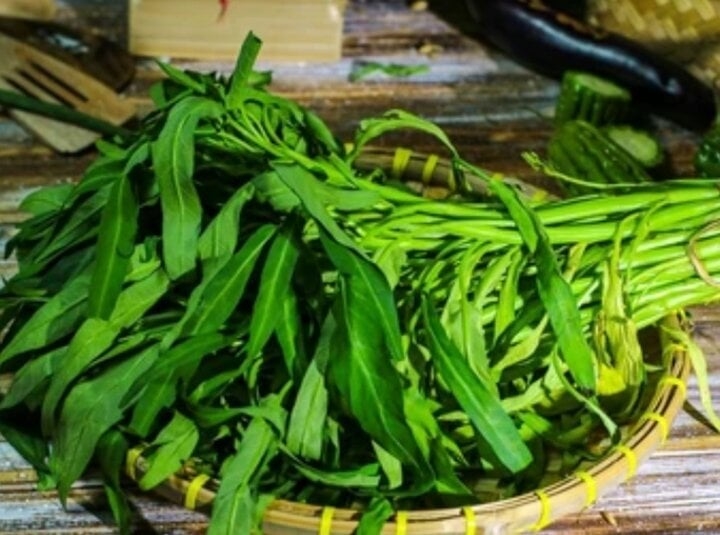
Buying water spinach in season is one way to choose clean and crisp produce free from chemicals. (Source: Shutterstock)
Avoid Extremely Cheap Water Spinach
Price is often indicative of quality. Inexpensive products are usually associated with compromised quality, resulting not only from chemical usage by farmers but also from unsafe cultivation and harvesting practices.
Selecting Water Spinach in Season
One way to choose crisp and chemical-free water spinach is to buy it in season. Water spinach grown during its natural season tends to have reduced chemical treatment and possesses a natural, delicious flavor. Summer is the best time to purchase water spinach, as the plants face fewer pests and require less plant protection chemicals during this period.
If water spinach is available off-season or at unusual times, proceed with caution, as it may have been chemically stimulated to grow faster.
Verifying the Source
Ideally, purchase water spinach from reputable sources such as supermarkets, organic food stores, or farms practicing clean agriculture. Checking quality certificates or relevant credentials can provide added assurance about the origin of the vegetable.
Nowadays, many vendors provide detailed information about their products. Take the time to research their cultivation, care, and harvesting processes. Organic farms or those employing safe farming technologies typically maintain transparency in their operations.
According to GĐXH
“The Secret to Perfect Stir-Fried Water Spinach: A Crunchy, Delicious Dish That Rivals Any Restaurant”
Here’s a delicious stir-fry water spinach recipe that will tantalize your taste buds and impress your guests. This quick and easy dish is a flavorful masterpiece, a true testament to the magic that occurs when fresh ingredients meet a skilled hand. With a few simple steps and a dash of creativity, you’ll elevate this humble vegetable to new heights of culinary excellence.
6 Types of Vegetable Roots You Shouldn’t Toss: Regrow These Veggies in Just Two Weeks With This Simple Method
“These delicious, nutritious, and affordable vegetables offer a sustainable and convenient way to enjoy fresh produce every day. Simply retain the root and replant it in a pot, and you’ll have a constant supply of tasty treats. It’s a simple and cost-effective way to ensure a healthy and delicious diet.”

























